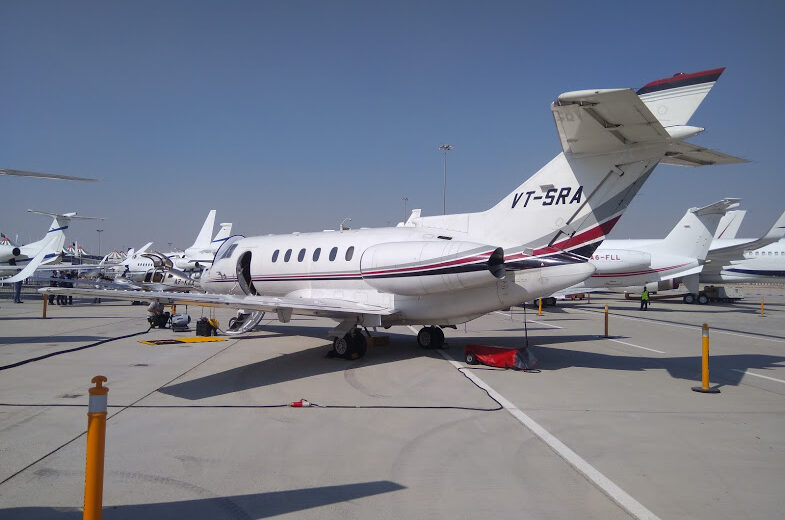Indian business jet owners could soon be able to use management companies

A rule that requires owners of private jets in India to manage and operate the aircraft themselves could soon be changed, according to an article on the Economic Times of India website.
The current rules mean that owners have to go through the expense of setting up their own flight department as well as hiring accountable managers and all the flight crew.
According the Economic Times article, in recent meeting of India’s Ministry of Aviation, it was decided that the country should move more towards European- and US-style regulations and allow private owners to have their aircraft managed for them.
Currently there are two categories that business aircraft can be operated in India, and both attract a different level of tax. The first is a private category for aircraft that will be privately used, the second is NSOP, Non-scheduled Operator, which is used for business aircraft that will be used commercially in the charter market.
The difference between import taxes of aircraft in the two categories is huge. If an aircraft is imported for use in the charter market the tax payable on import is just 2.5%. For private aircraft it is 28%. The 28% tax is also payable on goods and services for the privately-operated aircraft.
But although it looks as if the government will make the changes, business aviation experts in the country caution that it will take some time for the rules to change.
Part of that reason is that India will go to the polls again next year to decide on a new government.
There is a strong chance that the current Prime Minister Nerendra Modi will be re-elected, but many believe that the government will not push through the change until after the elections.
Atiesh Mishra, a private aviation expert and consultant based in India, cautions that the pace of change will be slow, but adds that not being able to use aircraft-management companies has been one of the main barriers to business aviation growth in the country.
Mr Mishra believes that pressure on the government to make the changes might have been increasing following many requests from potential aircraft owners in the country.
According to Mr Mishra’s estimates, once the rules are changed, we could see between 30% and 50% more aircraft coming into the country.
A slightly conflicting view comes from Kanika Tekriwal, CEO of India’s JetSetGo, who has been involved with the lobbying of the government to make the changes.
For Ms. Tekriwal, the move to allow Indian business-jet owners to use management companies is one small step forward but believes that a change in taxation levels would make more of a difference.
“We were lobbying for it very actively, but we were lobbying for something beyond that. What they have given us is part of what we lobbied for.” Says Ms. Tekriwal.
Mr Mishra and Ms. Tekriwal both agree that infrastructure remains one of the biggest issues facing the country, and until that is solved, business aviation will not reach its full potential in India.
“I don’t think that aircraft management is really an issue, we manage aircraft on behalf of some of our clients and it has never really been a challenge.” Says Ms. Tekriwal.
As the I in BRICS, India had been tipped as one of the main economies to keep an eye on. As the second largest country in BRICS by population size, China is the first, India’s rapidly growing economy and expanding middle class, makes the country ripe for business aviation growth.
But whilst the domestic airline scene has seen rapid expansion, the room needed to support business aviation operations has largely been given to commercial airlines.
India’s airlines have, in the past, placed mega orders with aircraft manufacturers for aircraft. In 2017 a Boeing forecast estimated that India would need 2,100 new aircraft over the course of the next 20 years to sustain its growth.
With so many commercial airliners flying around, it is perhaps understandable that there is no room for private jets. New airports are being built, but these will not cater for private jet users.
The problem is especially noticeable in Mumbai. Already at saturation and with antiquated facilities, a new airport should be operational by the end of 2019. Recent reports suggest this will slip backwards, possibly by several years, but even when it does become operational there will not be any dedicated business aviation facilities.








